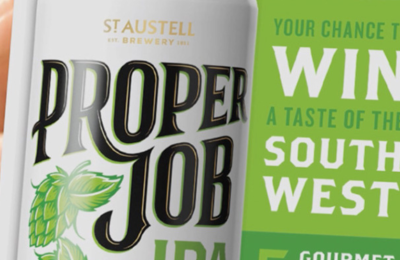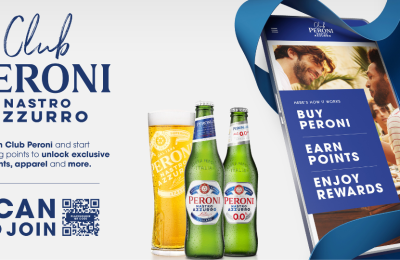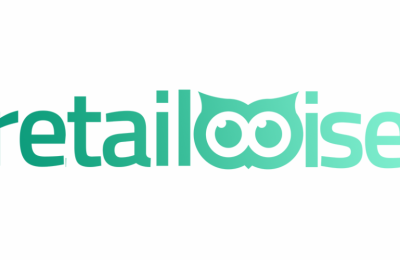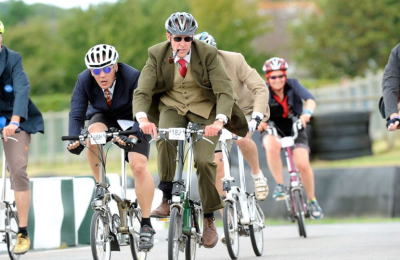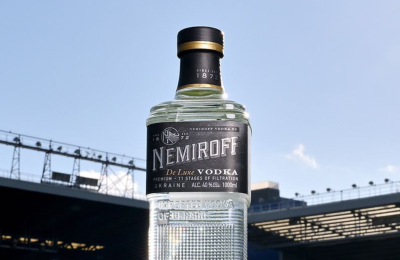David Tymm of i-movo argues that digital coupons and vouchers can be the final link that completes online promotional campaigns
Like those wearing sandwich boards proclaiming ‘The End is Nigh’, commentators’ predictions on business and technology should be treated with extreme caution.
Shortly after the baseless mutterings about the fatal fallout of the ‘Millennial Bug’, ‘research’ from various quarters with a vested interest in creating doom and despondency suggested that shopping would be conducted entirely online in the near future.
Webvan would be delivering our groceries; boo.com would provide our wardrobe and buy.com would sell us everything else. All of this conspired to cause a stampede amongst traditional retailers to secure their online presence as quickly as possible.
At that time, 8% of all retail sales were online. The comparative figure is now 15.2% – a significant change for sure, but definitely not the end of the world as we knew it.
This change, however, obscures the underlying fact that while some traditional retail sectors have been decimated (electronics, books and music for example) and others, such as newspapers and magazines, are just about hanging on, other sectors have remained relatively stable: food, drink and grocery included.
But this, too, is overly simplistic. The seismic contractions caused by the 2008 financial crisis precipitated what the former boss of Waitrose hailed as a “once every 25 years” change in shopping behaviour.
Cash-strapped consumers developed a taste for frequent ‘top-up’ shops at convenience stores supplemented by occasional trips to supermarkets for better value staples. When factoring in huge improvements seen in ‘food to go’ offers at local stores and major market-share gain at the discounters, much of this sector remains intact – just not as we knew it and not as predicted.
Just as the meteorite did not kill the dinosaurs (the ensuing global winter did), the internet did not kill bricks-and-mortar retailing; instead, it gave rise to a multi-channel approach.
The most savvy retailers recognised that while most purchases are made in-store, those same purchases are often researched thoroughly online. Best practices allow observation of customer behaviour across whichever channel it takes place in. Retailers who mastered this have fared much better than those who did not – some have disappeared altogether.
Brand-owners of consumer products typically sold in a ‘traditional’ retail environment experience the problems of precisely identifying the brand’s consumer and determining how responsive they are to their influencing efforts.
Despite brand owners investing heavily in online marketing, unless a resultant sale is also made online, a return-on-investment figure for those campaigns has been fiendishly difficult to establish.
‘Closing the loop’ between a consumer’s digital fingerprint and their physical footprint is therefore the key for brand owners to realise value from their online media investments. There are examples emerging that show just how effective this can be.
The world’s largest soft drink manufacturer harnessed social media and other online tools to drive a sampling campaign across 60,000 UK supermarkets and convenience stores. Facebook allowed incredibly precise targeting across all standard demographics combined with lifestyle markers. In this case, a voucher for a free product was promoted to the target audience.
This same technique was used across eight further online channels, allowing the manufacturer to assess relative performance in real-time and adjust the media buy accordingly. The results speak for themselves, with a redemption rate of 37.5% in one channel and a 15.6% overall average. This is significantly better than the industry average of 2% for paper vouchers.
As an added bonus, the brand owner harvested a validated email or mobile phone number for each consumer that responded to the promotion.
Molson-Coors wanted to engage consumers and introduce them to Coors Light at the optimum temperature of 4°. Their TV campaign featured brand ambassador Jean-Claude Van Damme encouraging viewers to visit a website where they could sign up friends to receive a ‘Damme Cold Call’.
After selecting from a range of pre-recorded phrases‘, friends were then ‘phoned’ by the ‘Muscles from Brussels’ and told they would receive a digital voucher for a free four-pack when they had listened to the whole message. A 52% redemption rate suggests this message was received loud and clear, albeit with a guttural Flemish accent.
Walkers Crisps brought their famous ‘cash in the bag’ promotion bang up-to-date with Gary’s Great Ingredient Hunt. Consumers entered a competition to win cash prizes ranging up to £100 and millions of free packs of Walkers.
Consumers confirmed their entry by submitting a unique ‘on pack’ code either online or by text. Prizes were then distributed via a digital voucher redeemable at, in many cases, the nearest shop to the consumer’s home address, offering convenience and the level of instant gratification they expect. The brand gained vital real-time insight into campaign performance and consumer behaviour at a store level.
The ‘missing link’ between the online and offline experience in all these examples is the digital voucher that joins the dots. As with any chain, a broken or missing link reduces its value to being purely ornamental.
David Tymm is Chief Executive Officer of award-winning Secure Digital Voucher network i-movo. i-movo hold multiple patents for its innovative solution. It works with over 60,000 participating retailers, has delivered more than 300 successful campaigns and has processed over 17 million vouchers worth in excess of £250 million.
i-movo is a sponsor of the IPM Awards 2016.

